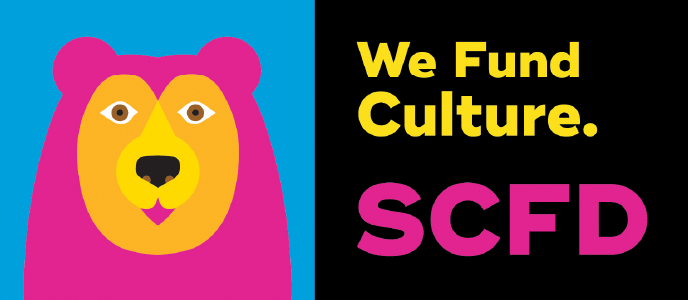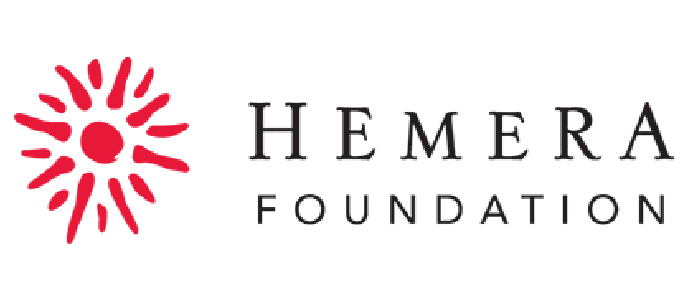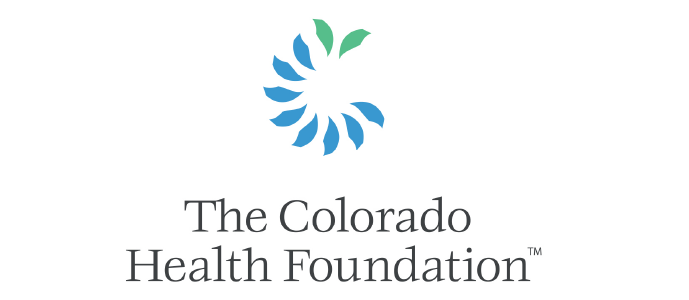Based on an original blog by Maya Osterman-Van Grack.
Mirror Image Arts is one of our 2019 AIS Grantee recipients who — like all of us — has been impacted by the ongoing pandemic. Maya Osterman-Van Grack of Mirror Image Arts recently reached out to Arts in Society to share the story of how the youth of the Restorative Theatre program have been affected by the limitations of quarantine.
Through improvisation, Restorative Theatre at the Lookout Mountain Youth Services Center (LMYSC) has been the focusing tool to exercise optimism and trust amongst the incarcerated juveniles. Read about the journey of AIS Grantee Mirror Image Arts and how improv can be a life-tool to invite vulnerability and connection for youth.
Restoring Hope through the Art of Improvisation
Written by Maya Osterman-Van Grack, Program and Partnerships Director at Mirror Image Arts.
“Yes, and…”
This is the Golden Rule of Improvisation. A simple concept that translates to life-long lessons, especially when working with incarcerated youth. A “yes” unfollowed by “and” is a huge barrier to individuals facilitating theatre in a juvenile detention center.
Firstly, there is working with teenagers who love to say “No” to adults. Teenagers who have been conditioned both on the inside and the outside that “No” is a safe word. “No” is control over their own situation.
“Yes”, on the other hand, is vulnerable. “Yes” is letting someone in.
For the past five years, I have had the privilege of facilitating Restorative Theatre, a program I created at the LMYSC. This year-round program has morphed and shifted over the past several years, influenced by each young man who agreed to say “yes, and…”, shifting my own perspectives, as well.
Improvisation is at the core of all our programming. It forces an actor to get out of their head, drop into their body, and be fully present with their fellow actors.
Much of the time, the improvisations are rooted in humor, which is something desperately craved by the participants. Whether funny or not, there is so much reflection that can happen from improvisation work, and it starts with unpacking The Golden Rule…
When your partner makes an offer, for example: “Why have I never met the tiny dragon that lives in your ear?”. As an actor you have two choices:
What are you talking about? I do not have a tiny dragon in my ear! - you have ultimately said “no” to your partner’s offer, OR
Wait, I have never introduced you to Destiny? I have a lot of problems with decision-making, so I whistle to Destiny the Dragon who tells me the correct choice. Do you want to try and ask her a question? - you said “Yes” to the offer “and” you are giving an offer back.
The first option is boring and ends the scene, leaving the first actor at a paused and awkward position, unable to continue. On a deeper level, this could mean their idea was not valued in this space – leaving them with the feeling that no one has their back and they should never speak up.
One of the greatest barriers to overcome with our incarcerated young men is the belief they do not need the support of other people. Rather, they believe they can make it all alone in this world, which is understandable. They have all experienced some form of abandonment and betrayal by someone close to them.
Such heartbreak and broken trust cause young men to become closed-off, making it easier to say “no” for protection’s sake. Survival becomes key against the consequences of a tough world, having to be tough enough to not rely on anyone else.
When it comes to work of improvisation, your entire world is based on relying on others. That is the only way to move the story forward.
At the beginning of a new program, all participants come together and create the group agreements on how everyone will work together. “Yes, and…” is always listed in the top three. It has evolved from an important technique into a necessity for creating a safe and courageous space/mindset.
This simple rule means that the group will be challenged by trying new things, there will always be the potential to fail, get frustrated, and want to quit and walk away. However, saying “yes, and” causes each member to stick with it, allowing access for each participant to dig deeper with their group, take bigger risks, and be vulnerable with each other.
I experienced this challenge on a whole new level during our latest program at Lookout. We were trying out a new curriculum: to produce a published play. I was avoiding this for a while, due to there being a lot of moving pieces in this type of process, especially behind bars.
But I, too, must live by The Golden Rule. I said to myself “yes, I will find an all-male comedy for 7-9 actors with the ability to cut/change parts based on who is with us each week, and we will produce said play in eleven short weeks …we got this.”
“When it comes to work of improvisation, your entire world is based on relying on others. That is the only way to move the story forward.”
How COVID-19 Impacted
On March 11th, 2020, my staff and I walked into Lookout Mountain for what was supposed to be the final dress rehearsal before our performance on March 18th. The reality was very different. Family visitations had stopped. Youth leaving the facility on passes had stopped. Nonessential personnel being allowed in had stopped.
Things were shifting rapidly. We brought the group together, and they voted to postpone the performance until things settled and their families would be allowed to see their work.
We started our group with our welcome ritual where everyone shared how they were feeling. It quickly turned into a conversation about the pandemic. They shared that, besides regular family visits, nothing for them had really changed. To them, they were always in quarantine. One youth asked if things got really bad, was it possible they would be released back to their families.
We finished our check-in and walked onto the stage to continue rehearsal. After warming up, the group agreed it was too hard to practice for a play they might never perform. There was a long pause as we all let that sink in.
We took another collective deep breath, and I asked the group how they wanted to spend their final hour together. “Can we do improv?” to which I replied: “Yes, and…”
We got up on our feet and started at the beginning, taking it slow for the new youth who are learning. Some improv games worked great, while others didn’t. The commitment from the youth was all over the place. They were in it, and then they refused.
Each time we referred back to The Golden Rule – “Did you notice what happened in the scene when you said ‘no’ to your fellow actor? How does it feel to ‘yes, and...’ to each other? How does that move our story forward?”
It’s been 2 months since we have been able to see or talk to our students because of COVID-19. However, we refuse to give up. We have already started conversations and negotiations on how we can bring back Restorative Theatre, which makes me both excited and nervous.
We are asking the questions: how can we do it virtually, can we do mask work from outside the facility near the chain fence?. How can we continue to establish trust with our students? The questions are endless, but I know one part of the answer must be “Yes, and.”
About Arts in Society
Since 2016, Arts in Society has been funding individuals, grants, schools and government entities, with two-year grant awards of up to $50,000 per project. In addition to funding, grantees receive training, professional development, and marketing/social media support.
Funding is offered to projects in Colorado that are working collaboratively and utilizing the arts as an integral element for promoting social justice and community welfare.
Arts in Society is funded through a cohort of Colorado funders. 2019 funding partners include Bonfils-Stanton Foundation, Hemera Foundation, and Colorado Creative Industries . Funds and support are administered via RedLine Contemporary Art Center in Denver.





